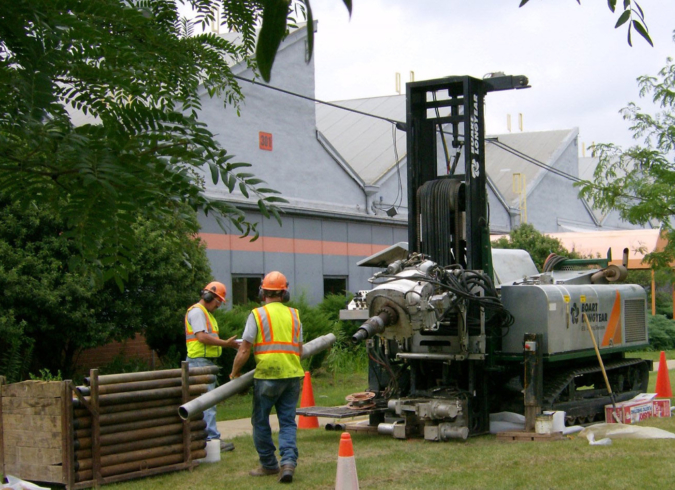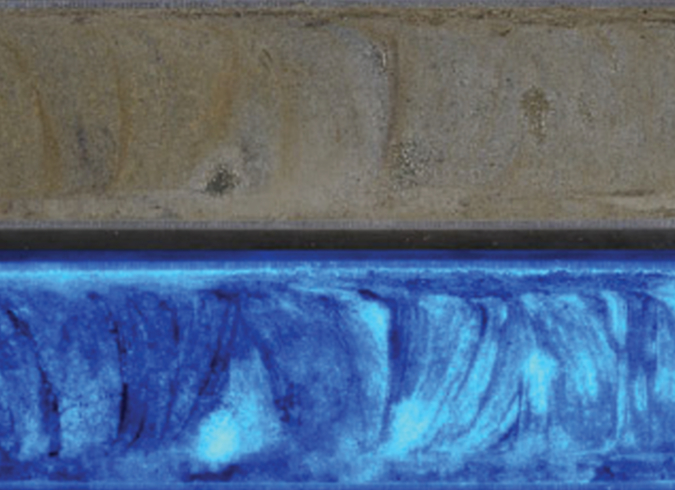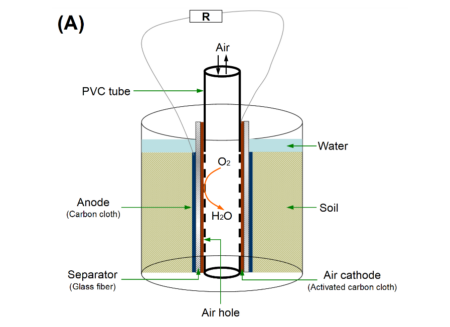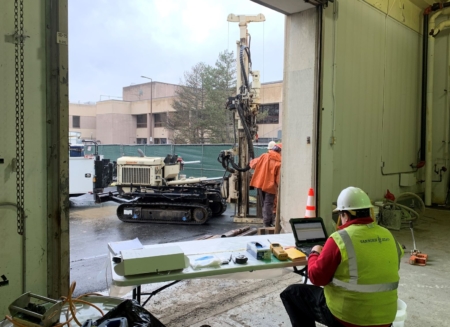Sanborn Head supported recovery efforts of light non-aqueous phase liquid (LNAPL) at an Ohio manufacturing facility for more than 20 years. By using cutting-edge technology, Sanborn Head was able to support the recommendation for site closure in 2018. The site closure process took just over a year following regulatory approval to pursue risk-based alternatives.
Key Components:
- BUSTR Tier 3 Assessment
- LNAPL Mobility & Risk Evaluation
- Petrophysical Laboratory Analyses
- Pore Fluid Saturation Analyses
The presence of LNAPL in the subsurface has traditionally been a barrier to regulatory closure in Ohio. The 1-acre LNAPL footprint at this site remained relatively unchanged, and up to 10 feet of LNAPL remained in some monitoring wells despite implementation of various recovery technologies over the years. Rather than continue further LNAPL recovery efforts indefinitely, an innovative risk-based closure assessment was used to demonstrate that there was no material threat to human health or the environment.
Sanborn Head conducted an Ohio Bureau of Underground Storage Tank Regulations (BUSTR) Tier 3 Assessment to close the site with LNAPL left in place. Tier 3 data collection activities focused on gaining an understanding of LNAPL toxicity and mobility through both traditional and non-traditional methods. Traditional methods included continued fluid level gauging during periods of no LNAPL recovery, and collection of soil, groundwater and LNAPL samples to inform a risk assessment. Non-traditional methods included collection of soil cores with a direct-push rig and cryogenically freezing the cores with dry ice to preserve fluid properties for petrophysical and pore fluid saturation analyses, including UV photography and centrifugal testing.
The Tier 3 results concluded that the remaining LNAPL lacked sufficient mobility and toxicity to pose a material threat to human health or the environment and supported the recommendation for site closure and cessation of LNAPL recovery efforts, thus earning a Certificate of No Further Action from BUSTR. This project represents one of the first closures of a site with residual LNAPL remaining in the subsurface under Ohio BUSTR regulations.





